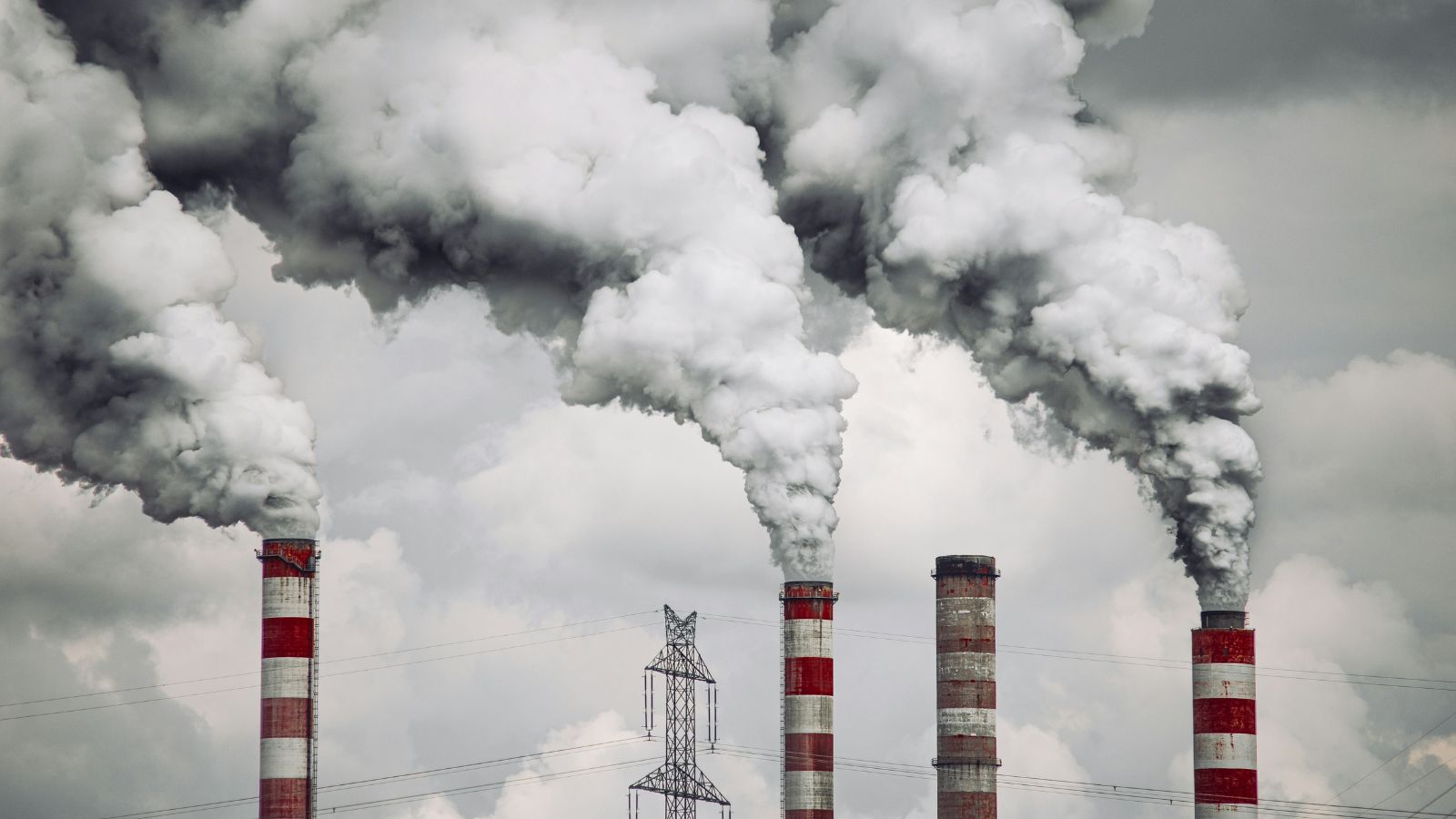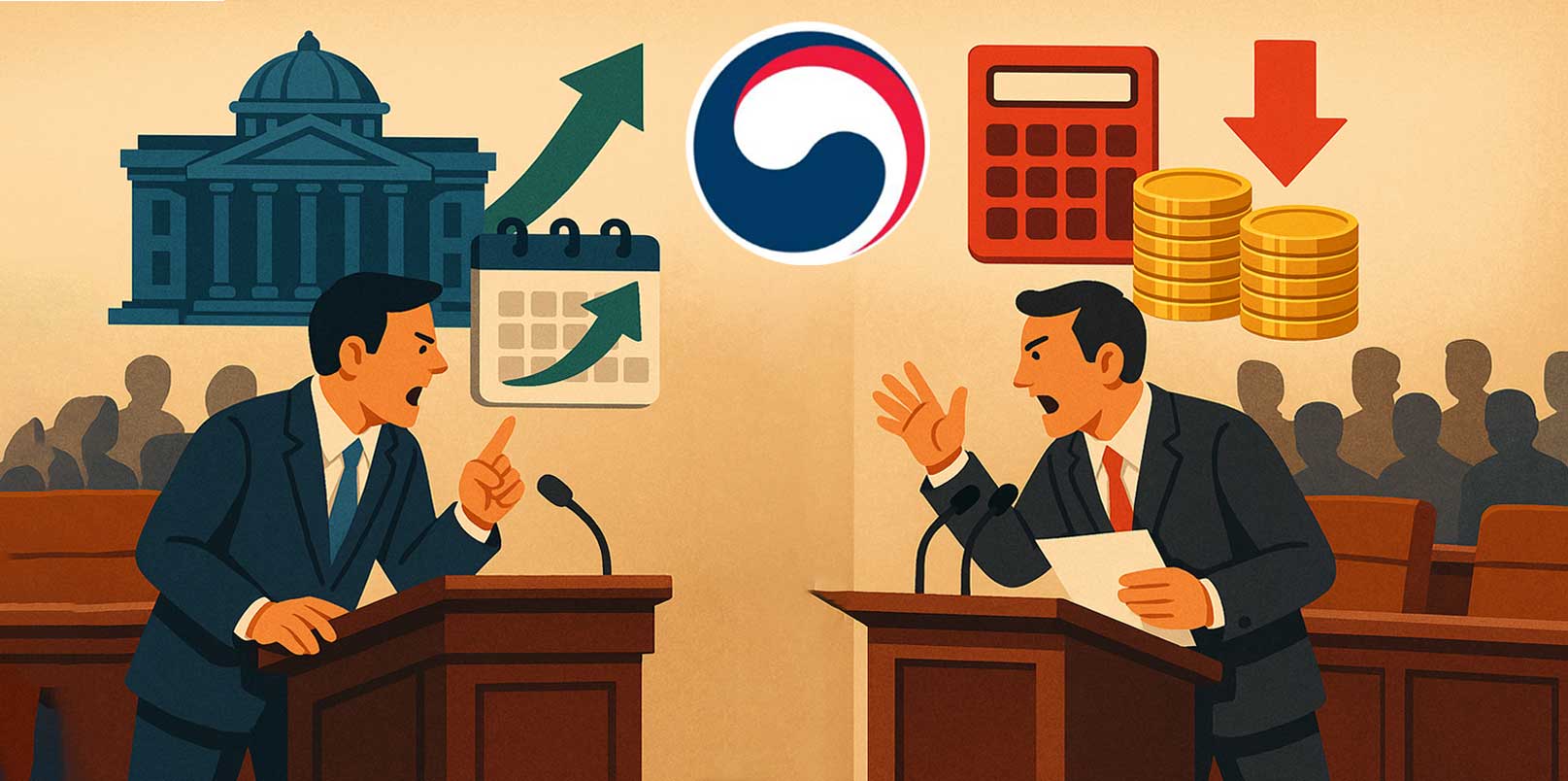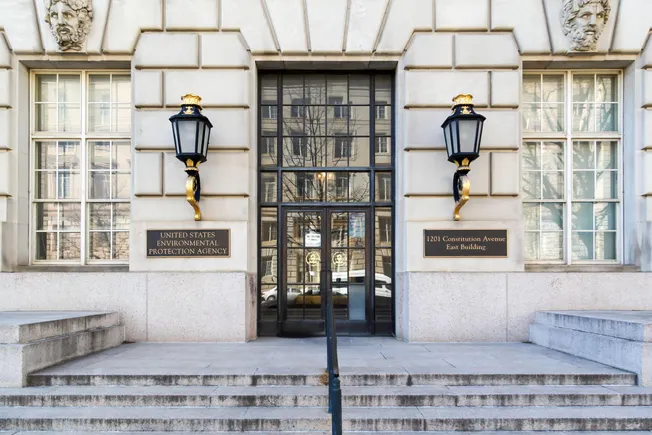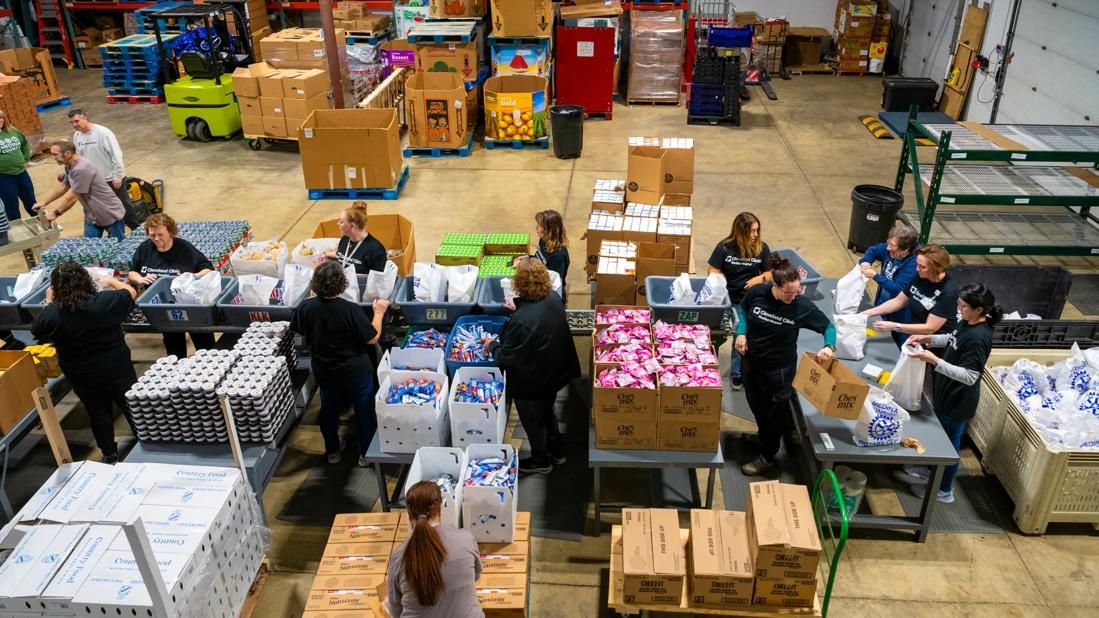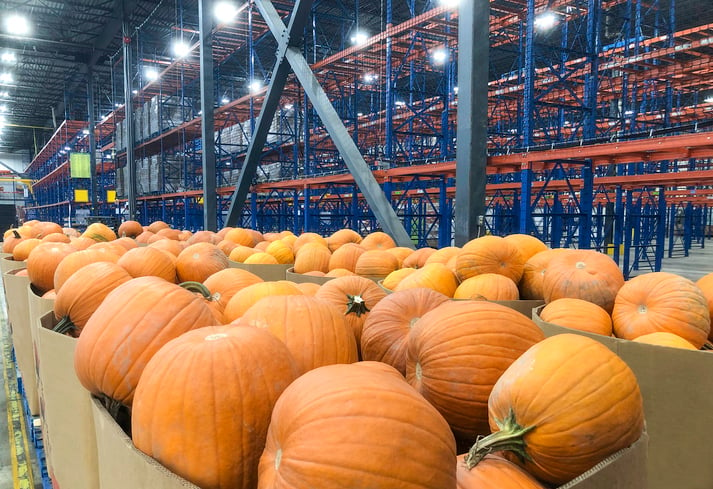US Manufacturing Resurgence: Foreign Firms Relocate Amid Tariffs – WebProNews

Report on U.S. Industrial Resurgence and Alignment with Sustainable Development Goals
Executive Summary
A significant shift in global manufacturing is underway, with foreign firms increasingly relocating production to the United States. This trend, driven by tariff policies and supply chain vulnerabilities, presents a pivotal opportunity to align U.S. industrial strategy with key Sustainable Development Goals (SDGs). This report analyzes the dynamics of this re-industrialization, focusing on its implications for SDG 8 (Decent Work and Economic Growth), SDG 9 (Industry, Innovation, and Infrastructure), and SDG 12 (Responsible Consumption and Production).
Fostering Economic Growth and Decent Work (SDG 8)
The Re-industrialization Trend
A wave of foreign manufacturers from Europe and Asia are establishing operations on U.S. soil to circumvent tariffs and mitigate supply chain risks. This onshoring movement, highlighted by Marlin Steel Wire Products CEO Drew Greenblatt, signals a potential revitalization of the American industrial sector, directly contributing to domestic economic growth.
Employment and Economic Impacts
The strategic use of tariffs is central to this shift, though its impact on employment is complex. While intended to protect American jobs, a Federal Reserve study indicated that tariffs on imported steel led to an estimated loss of 75,000 jobs in reliant sectors. However, the relocation of foreign companies is creating new employment opportunities, particularly in the Midwest and South, fostering local economic development.
- Positive Impact: Creation of new manufacturing jobs through foreign direct investment.
- Negative Impact: Increased costs for manufacturers dependent on imported materials, potentially leading to job losses in downstream industries.
Advancing Industry, Innovation, and Resilient Infrastructure (SDG 9)
Rebuilding Domestic Industrial Capacity
The U.S. is actively working to reverse a long-term decline in domestic steel production, which fell 34% since 2000. The current focus on rebuilding the nation’s materials base is critical for enhancing economic resilience and national security, aligning with SDG 9’s goal of promoting inclusive and sustainable industrialization.
Technological Innovation and Automation
Technology is a key enabler of this industrial revival. The integration of artificial intelligence and robotics is transforming steel manufacturing, making U.S. facilities more competitive and sustainable.
- AI-Driven Optimization: Reduces material waste and enhances process efficiency.
- Robotics and Automation: Improves worker safety and boosts productivity.
- Smart Manufacturing: Creates highly efficient and technologically advanced industrial infrastructure.
Enhancing Supply Chain Resilience
The disruptions of 2020 exposed significant supply chain vulnerabilities. In response, U.S. manufacturers are reconfiguring logistics to be more robust. Insights from ProMat 2025 emphasize smarter logistics and vertical space utilization as strategies to build the resilient infrastructure targeted by SDG 9.
Promoting Responsible Production and Consumption (SDG 12)
Green Manufacturing and Sustainable Practices
The push for green technology is reshaping the steel industry, directly supporting SDG 12’s objective of ensuring sustainable consumption and production patterns. Key trends for 2025 include:
- Electric Arc Furnaces: Utilizing renewable energy sources to significantly reduce carbon emissions.
- Sustainable Innovations: Advances in green TMT bar production and other eco-friendly processes.
- Waste Reduction: AI-powered systems optimize production to minimize waste and resource consumption.
Addressing Global Market Distortions
The global steel market faces significant challenges, including persistent overcapacity and competition skewed by state subsidies, as noted in the OECD Steel Outlook 2025. These practices encourage unsustainable production levels. U.S. tariff policies can be viewed as a measure to counter these distortions, thereby encouraging more responsible and sustainable production patterns globally.
Outlook and Strategic Conclusion
The manufacturing shift towards the U.S. offers a unique opportunity to build a more resilient, innovative, and sustainable industrial base. Success hinges on balancing protectionist policies with a commitment to technological innovation and green manufacturing. By strategically leveraging this trend, the U.S. can advance its economic interests while making substantial contributions to the Sustainable Development Goals, particularly in creating decent work (SDG 8), fostering sustainable industrialization (SDG 9), and promoting responsible production (SDG 12).
Which SDGs are addressed or connected to the issues highlighted in thearticle?
-
SDG 8: Decent Work and Economic Growth
- The article extensively discusses the economic future of the U.S., focusing on job creation and loss within the manufacturing sector. It highlights how policies like tariffs are “aimed at protecting American jobs” but also notes a study that found these policies led to an “estimated loss of 75,000 jobs.” The overarching theme of “America’s industrial resurgence” is directly tied to promoting economic growth.
-
SDG 9: Industry, Innovation, and Infrastructure
- This goal is central to the article. The text describes a “re-industrialization” of America, with foreign companies “building factories stateside.” It emphasizes the role of technological advancement, noting that “Artificial intelligence and robotics are transforming steel production.” Furthermore, it touches on sustainable infrastructure through the mention of “green manufacturing trends” and retrofitting mills with “Electric arc furnaces, powered by renewables.”
-
SDG 12: Responsible Consumption and Production
- The article connects industrial activity with sustainability. It points to “green manufacturing trends” and the push for “green tech in steel” as key developments. Specific examples include “AI-driven automation is optimizing processes, reducing waste,” and the use of “Electric arc furnaces, powered by renewables” which are “reducing emissions, aligning with global sustainability goals.”
-
SDG 17: Partnerships for the Goals
- The article frames the U.S. manufacturing shift within the context of global trade dynamics. It discusses how “tariff pressures” and “subsidies” in other countries “distort competition” and create global “imbalances.” This highlights the challenges related to achieving a stable and fair global trading system, which is a key aspect of SDG 17.
What specific targets under those SDGs can be identified based on the article’s content?
-
Target 8.2: Achieve higher levels of economic productivity through diversification, technological upgrading and innovation.
- The article directly supports this target by describing how “Artificial intelligence and robotics are transforming steel production” and “AI-driven automation is optimizing processes.” These technological upgrades are presented as a way to make “U.S. facilities more competitive” and are a cornerstone of the industrial shift.
-
Target 9.2: Promote inclusive and sustainable industrialization.
- The core theme of “re-industrialization” and the “wave of foreign manufacturers eyeing U.S. soil” to build new factories directly relates to increasing the industry’s role in the economy. The article describes this as a “broader re-industrialization” that could “redefine the nation’s economic future.”
-
Target 9.4: Upgrade infrastructure and retrofit industries to make them sustainable…and greater adoption of clean and environmentally sound technologies.
- This target is identified through the article’s discussion of “green manufacturing trends.” Specific examples include the adoption of “Electric arc furnaces, powered by renewables” which are “reducing emissions,” and the general push for “green tech in steel,” which aligns with making industries more sustainable and environmentally sound.
-
Target 12.2: Achieve the sustainable management and efficient use of natural resources.
- The article implies progress toward this target by stating that “AI-driven automation is optimizing processes, reducing waste.” This use of technology to improve efficiency directly contributes to the more sustainable use of resources in the steel industry.
-
Target 17.10: Promote a universal, rules-based, open, non-discriminatory and equitable multilateral trading system.
- The article highlights challenges to this target by describing a system distorted by “economic nationalism.” It mentions how U.S. “tariffs on imports” act as “barriers to exporting” and how “subsidies” in China and other regions “distort competition.” This illustrates a move away from, rather than toward, an open and equitable trading system.
Are there any indicators mentioned or implied in the article that can be used to measure progress towards the identified targets?
-
Economic and Employment Indicators
- Domestic production volume: The article provides a clear metric: “Domestic production has plummeted 34% since 2000, from 108 million tons to 71 million tons.” This can be used to track the output of the steel industry.
- Job creation/loss figures: A specific number is given for job losses: “an estimated loss of 75,000 jobs” due to tariffs. The number of workers in affected sectors is also mentioned: “over 23 million workers in exposed sectors.”
- Foreign Direct Investment (Implied): The trend of “companies from Europe and Asia are increasingly considering relocation to America” and “building factories stateside” implies an increase in foreign direct investment, which can be measured.
-
Industrial and Technological Indicators
- Steel price trends: The article mentions that steel prices, polled in May 2025, “suggest a downward trend,” which is a key market indicator.
- Global capacity and utilization rates: The OECD Steel Outlook is cited, warning that “global excess capacity is deepening, with utilization rates potentially falling.” These are direct measures of industrial health.
- Adoption of new technologies (Implied): The discussion of “AI-driven automation,” “robotics,” and “Electric arc furnaces” implies that the rate of adoption of these technologies is a key indicator of innovation and modernization.
-
Sustainability Indicators
- Waste reduction (Implied): The statement that AI is “reducing waste” implies that the volume of industrial waste can be measured as an indicator of efficiency and sustainability.
- Emissions reduction (Implied): The goal of “reducing emissions” through green technology like electric arc furnaces means that greenhouse gas emissions from the steel sector would be a primary indicator of progress.
SDGs, Targets and Indicators
| SDGs | Targets | Indicators Mentioned or Implied in the Article |
|---|---|---|
| SDG 8: Decent Work and Economic Growth | Target 8.2: Achieve higher levels of economic productivity through technological upgrading and innovation. |
|
| SDG 9: Industry, Innovation, and Infrastructure |
Target 9.2: Promote inclusive and sustainable industrialization.
Target 9.4: Upgrade infrastructure and retrofit industries to make them sustainable. |
|
| SDG 12: Responsible Consumption and Production | Target 12.2: Achieve the sustainable management and efficient use of natural resources. |
|
| SDG 17: Partnerships for the Goals | Target 17.10: Promote a universal, rules-based, open, non-discriminatory and equitable multilateral trading system. |
|
Source: webpronews.com

What is Your Reaction?
 Like
0
Like
0
 Dislike
0
Dislike
0
 Love
0
Love
0
 Funny
0
Funny
0
 Angry
0
Angry
0
 Sad
0
Sad
0
 Wow
0
Wow
0



